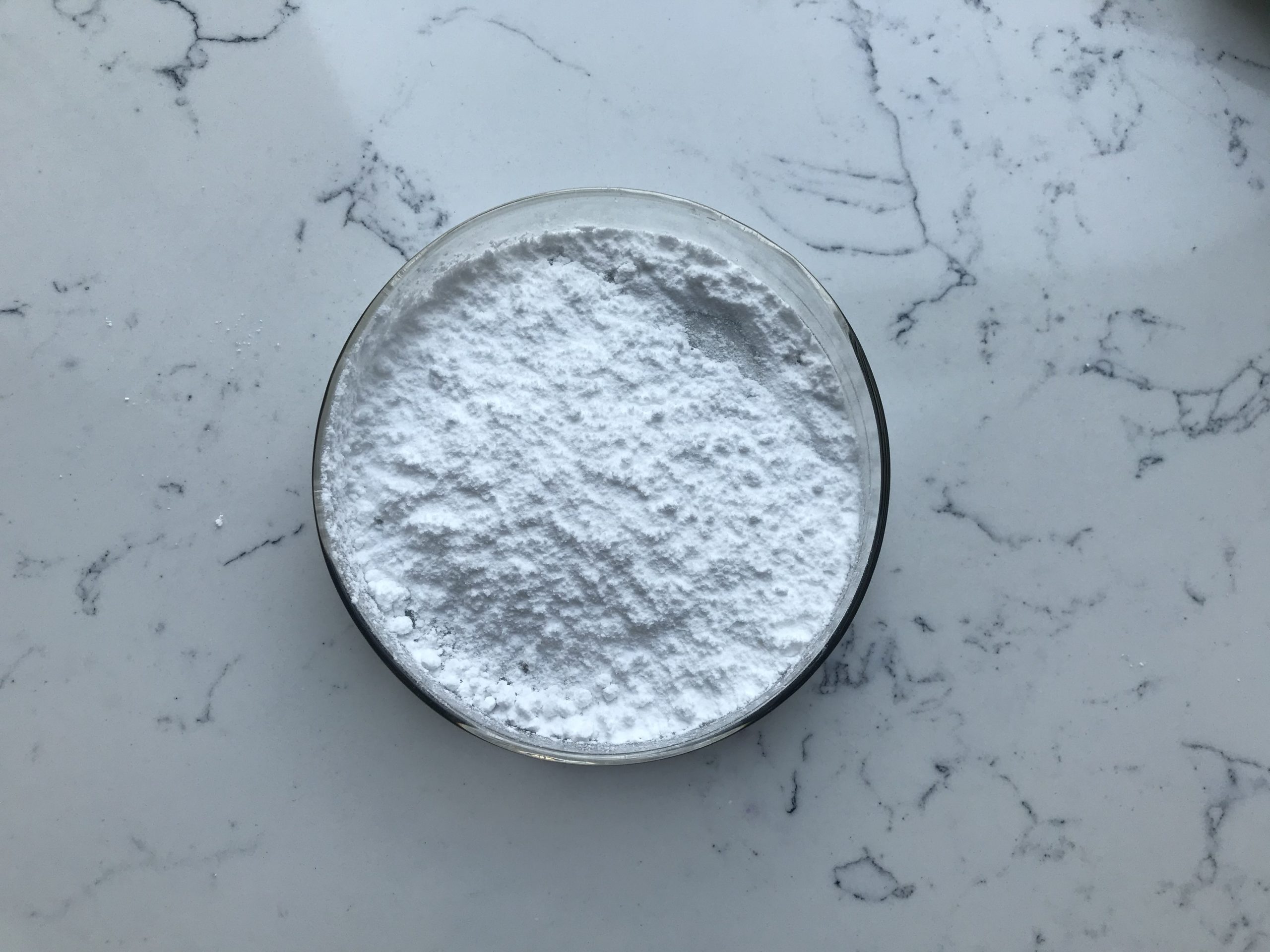1. Introduction
UDCA (Ursodeoxycholic acid), also known as ursodiol, is a chemical compound with the molecular formula C24H40O4 and a molecular weight of 392.56. UDCA inhibits the reabsorption of cholesterol in the intestines, reduces the saturation of cholesterol in bile, and gradually dissolves cholesterol stones. It also dose-dependently increases the content of UDCA in total bile acids, replacing toxic endogenous hydrophobic bile acids with aggregated ones, ultimately exhibiting hepatoprotective, choleretic, and immunomodulatory effects [1]. UDCA is a naturally occurring hydrophilic bile acid derived from cholesterol, with low levels in the human body. Synthetic processes have been developed to obtain UDCA through artificial synthesis, mainly using animal bile acids as starting materials. Although this method is technically mature, it has limitations in terms of yield and environmental impact, which restricts the widespread use of UDCA [2].

2. UDCA Synthesis Process
UDCA is composed of a bicyclic tetracyclic carbon skeleton (steroid nucleus) with two oxygen substituents. This structure is highly conserved and stable, resistant to degradation under conditions of high temperature, high humidity, acidity, alkalinity, oxygen, or light. Natural UDCA is primarily sourced from bear bile, but its availability is limited. Therefore, semi-synthetic processes are often employed, extracting cholic acid from bovine or ovine bile or obtaining ursodeoxycholic acid from chicken or duck bile. The specific pathways are illustrated in Figure 1A and Figure 1B [3,4,5,6,7]. Due to the different sources of animal bile used as starting materials and variations in synthesis processes, there are differences in impurity profiles and pharmaceutical quality control strategies for UDCA. In European and American countries with abundant supplies of bovine and ovine bile, the production process of UDCA raw materials relies on bovine, chicken, duck, or ovine bile paste. After extraction and purification, cholic acid is obtained, which undergoes methylation, selective hydroxy protection, hydroxylation at position 12, Huangminglong reduction reaction, selective oxidation at position 7, and stereoselective reduction to produce UDCA raw materials. Ursodeoxycholic acid is obtained through selective oxidation at position 7, stereoselective reduction of the keto group at position 7, salt formation, and desalting.
3. Impurity Sources and Control of UDCA
In addition to impurities introduced from starting materials, process-related impurities can also be introduced during the synthesis of UDCA. The main process-related impurities include oxidative by-products and reduced isomer impurities. The former is generated due to region-selective oxidation reactions or differences in oxidation degrees, while the latter is caused by stereoselectivity during the reduction of the keto carbonyl group. Based on this, the impurity sources of UDCA in various pharmacopeias were analyzed, considering the starting materials, intermediates, and synthesis by-products involved in UDCA synthesis, particularly the isomers and degradation products. The results are presented in Table 2.
4. Quality Control of UDCA Impurities
Based on the analysis of UDCA impurity profiles and a comparison of impurity control requirements in various pharmacopeias, it is evident that the European Pharmacopoeia and British Pharmacopoeia have the strictest impurity control standards for UDCA.
5. Conclusion
Differences exist in the synthesis processes and raw material sources of UDCA production between different countries. There are also variations in impurity control requirements among different pharmacopeias for UDCA. Therefore, it is recommended to strengthen the requirements for impurity control of UDCA in pharmacopeias, continuously improve impurity profiles, optimize synthesis processes, and enhance quality standards, providing guidance for further pharmaceutical research and clinical applications of UDCA.
